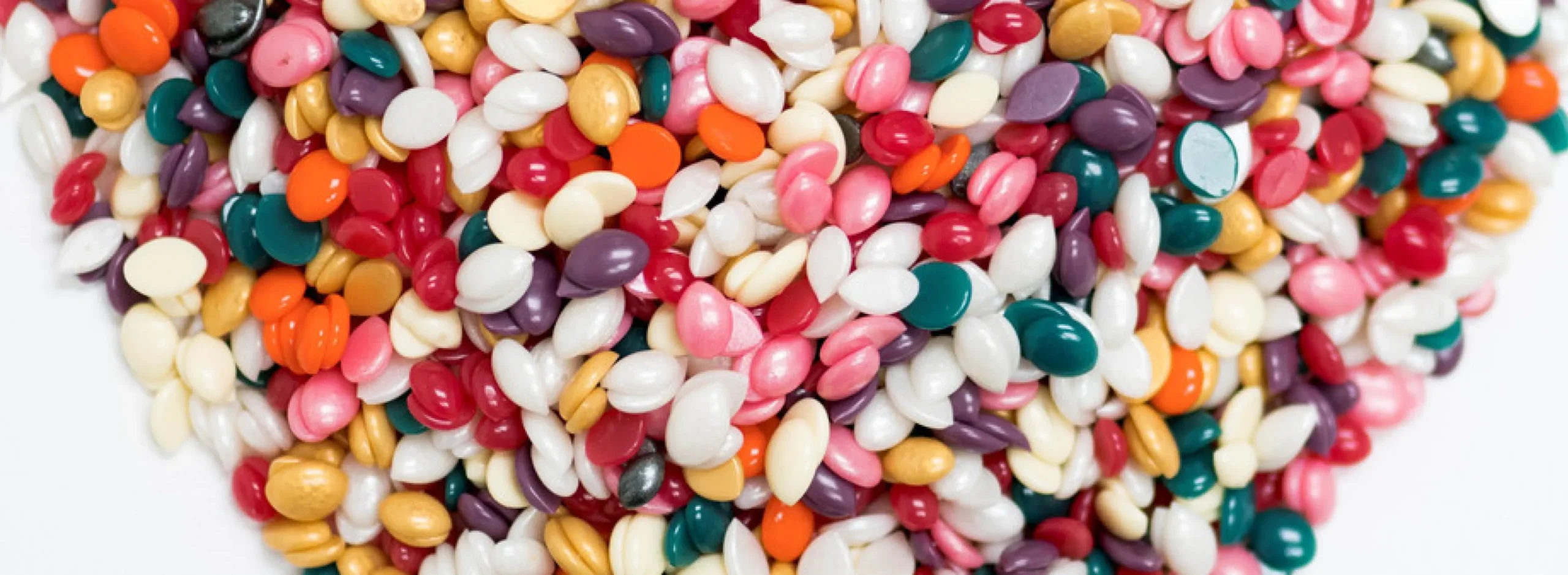FREE SHIPPING on orders over $400!
FREE SHIPPING on orders over $400!
FREE SHIPPING on orders over $400!
FREE SHIPPING on orders over $400!

When it comes to waxing, visuals matter — but not always in the way most professionals assume. A widespread myth among estheticians is that wax color determines how the product performs or which area of the body it’s meant for. In truth, wax color meaning has little to do with effectiveness. Instead, it reflects the wax’s base, pigment, and esthetic design, especially in advanced lines like Italwax.
Instead of treating colors as strength indicators, professionals should understand how pigment blends, base components, and cosmetic features influence the user experience. The texture, consistency, melting behavior, and elasticity stem from the wax’s formula, not the shade. With this knowledge, estheticians can focus on what truly matters — the removal process and client comfort.
So, if performance isn’t color-related, why offer different hues at all? Simply put, wax beads color meaning is about visibility, aesthetics, and branding. Lighter or opaque waxes help estheticians visually monitor the application, making them ideal for detailed work. Bright or shimmer-infused waxes enhance the overall service appeal, contributing to the client’s experience.
These color variations also aid in workflow efficiency. For example, pale waxes like white chocolate are more visible on darker skin tones, while shimmer waxes reflect light, improving precision under strong lighting. In short, color assists the professional — but doesn’t control the technique or suitability for a given area.
Let’s explore some examples that clarify the different color wax beans meaning based on the Italwax product line. Each shade results from unique pigments, fillers, or base choices:
Each of these waxes shows how pigment and additives like mica, titanium dioxide, or botanical oils contribute to both appearance and skincare benefits, without changing the performance of the epilation process itself.

The real differentiator in any wax is the formula. Whether hard or soft, waxes rely on either natural or synthetic bases — and that choice sets the stage for how the wax behaves. A natural resin base like colophonium imparts a golden, honey tone and strong adhesion. Synthetic bases, on the other hand, start almost colorless and allow for brighter, clearer hues.
What’s essential for estheticians to understand is that resin and polymer blends dictate the temperature range, speed of heating, elasticity, and grip on the hair. Pigments, fragrance, and shimmer only affect appearance — not technical performance. So when comparing waxes, focus on ingredient lists over color names.
Selecting the ideal wax for a treatment involves more than choosing a pretty hue. The first step is to assess the skin type, sensitivity of the area, and hair thickness. Then, check the base formula: does it contain moisturizing oils for sensitive skin? Is it a hard wax suitable for intimate zones, or a soft wax better paired with strips?
Color can still guide choices — not by performance, but by client experience. A blue or purple wax may convey a calming vibe; gold or silver options elevate the sense of luxury. These visual cues can shape client perception and add professionalism to your studio branding.
Understanding wax beads color meaning isn’t about following color-coded rules — it’s about mastering formulas, knowing ingredient functions, and elevating the waxing service. The next time a client asks about the bright green wax in your warmer, you’ll be ready to explain its blend, not just its look.
With Italwax, estheticians don’t choose between function and beauty — they get both. Whether it’s the melting shimmer of Emerald or the clean visibility of White Chocolate, every type has a place in the professional toolkit. The key is understanding that wax color meaning supports esthetics, but never replaces technical knowledge.


